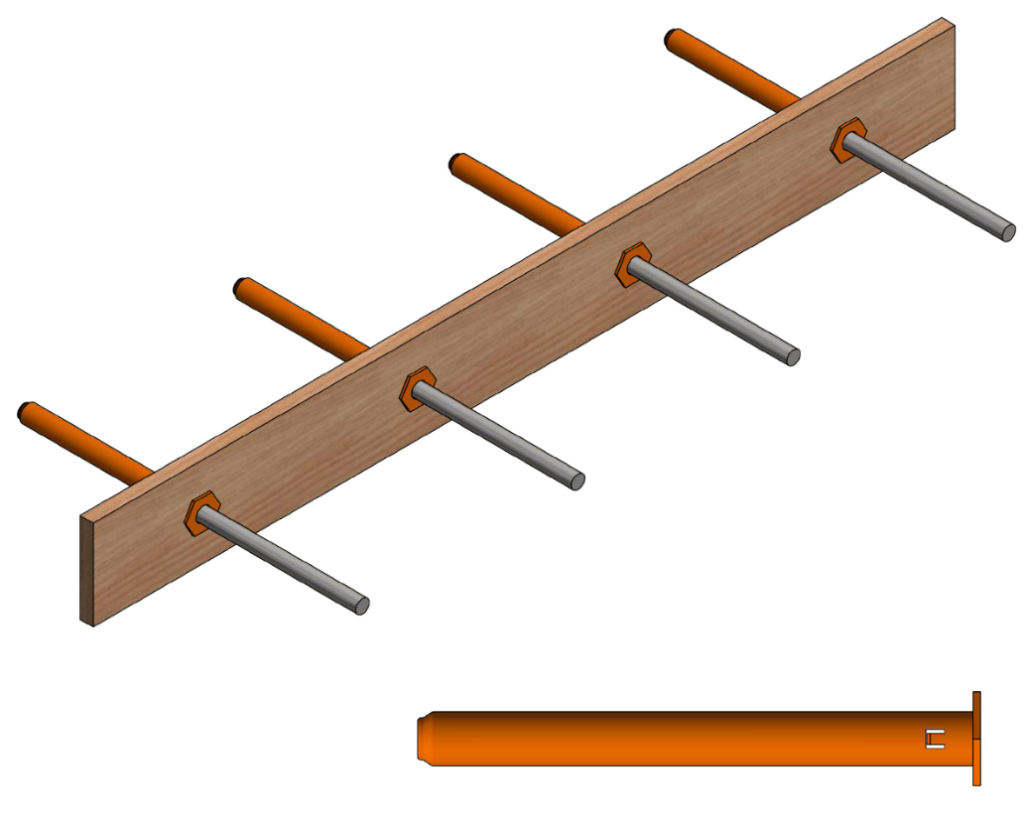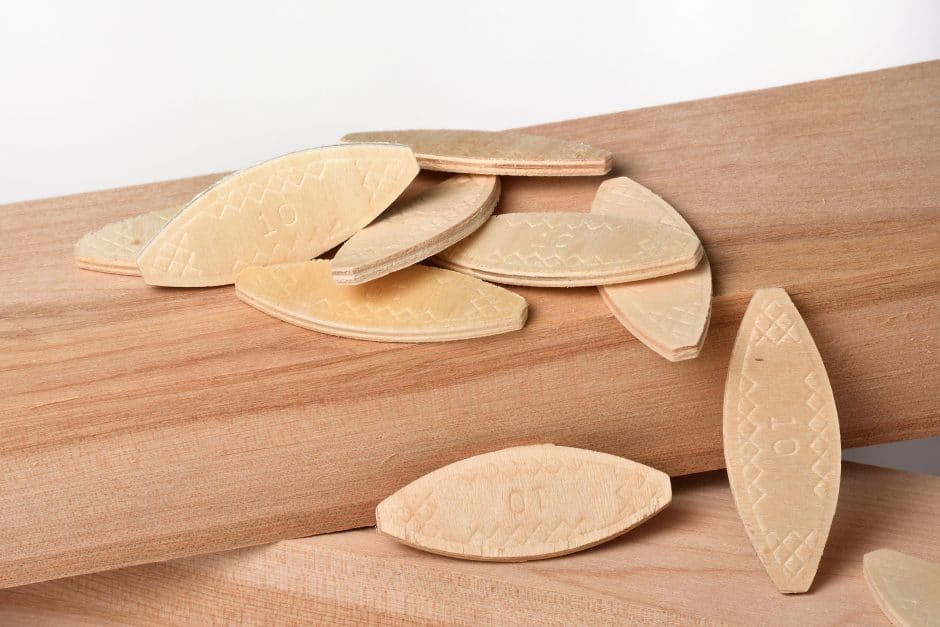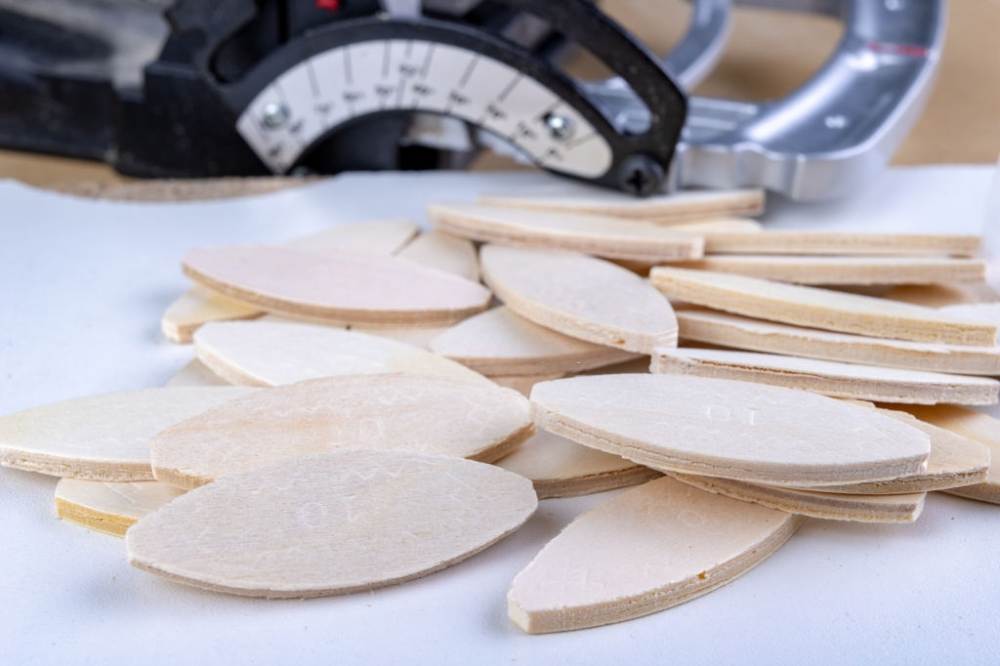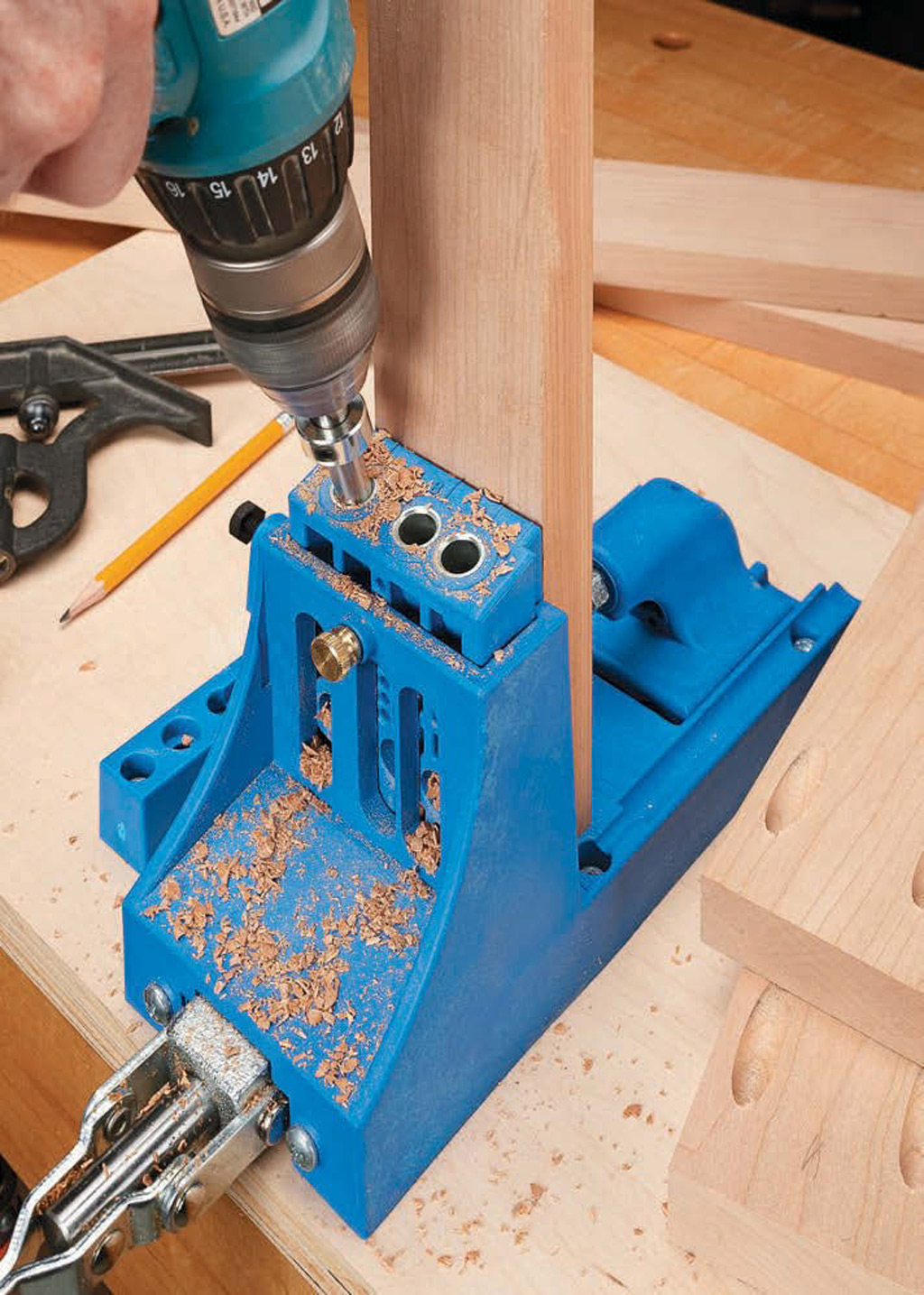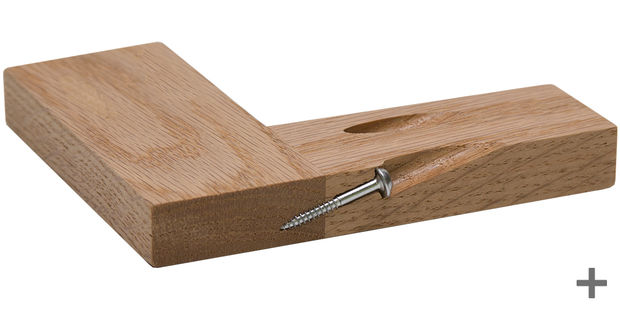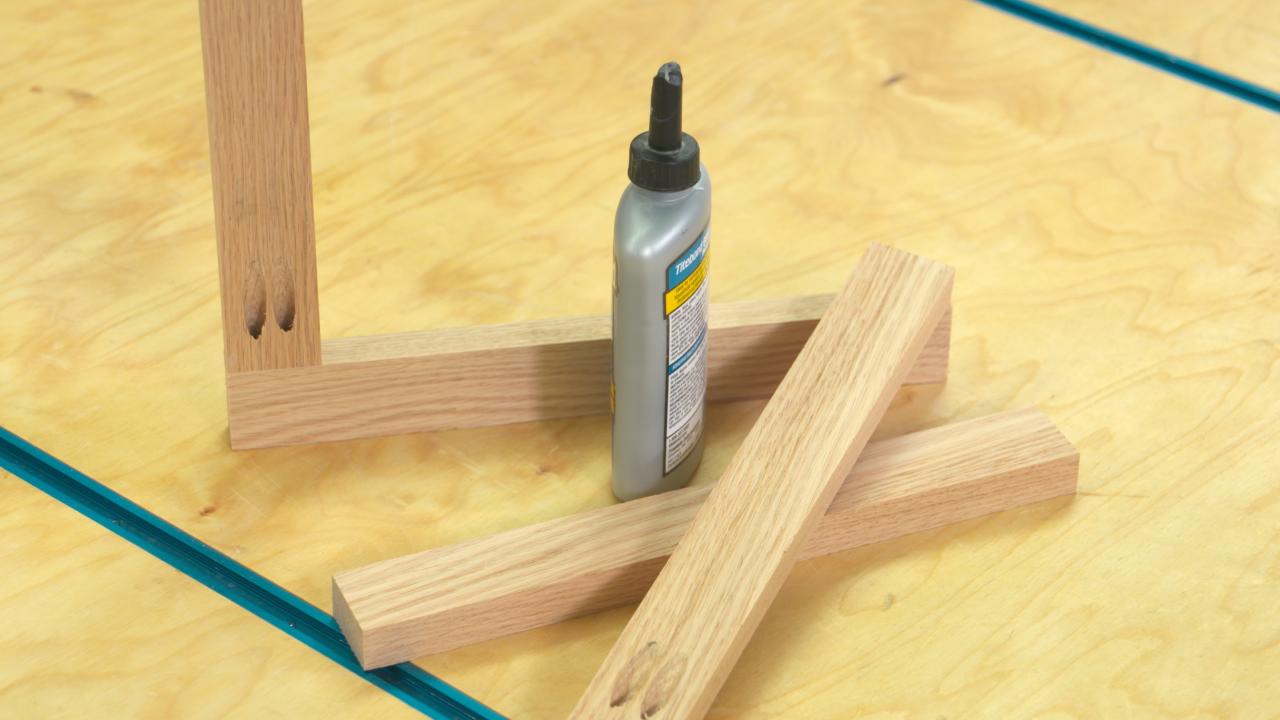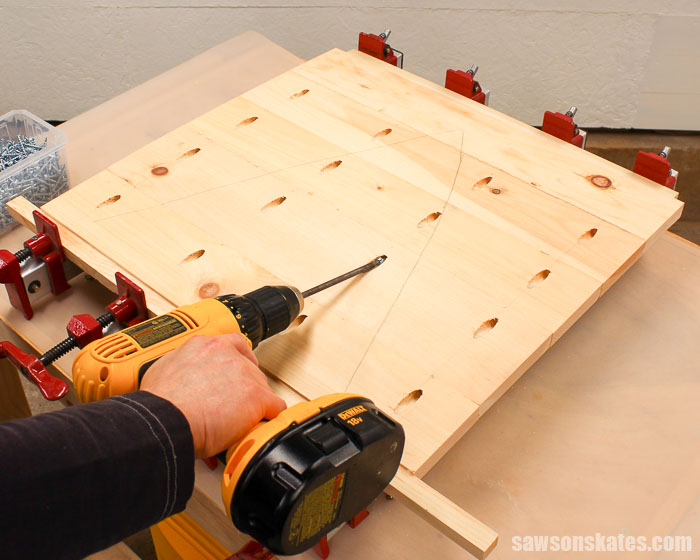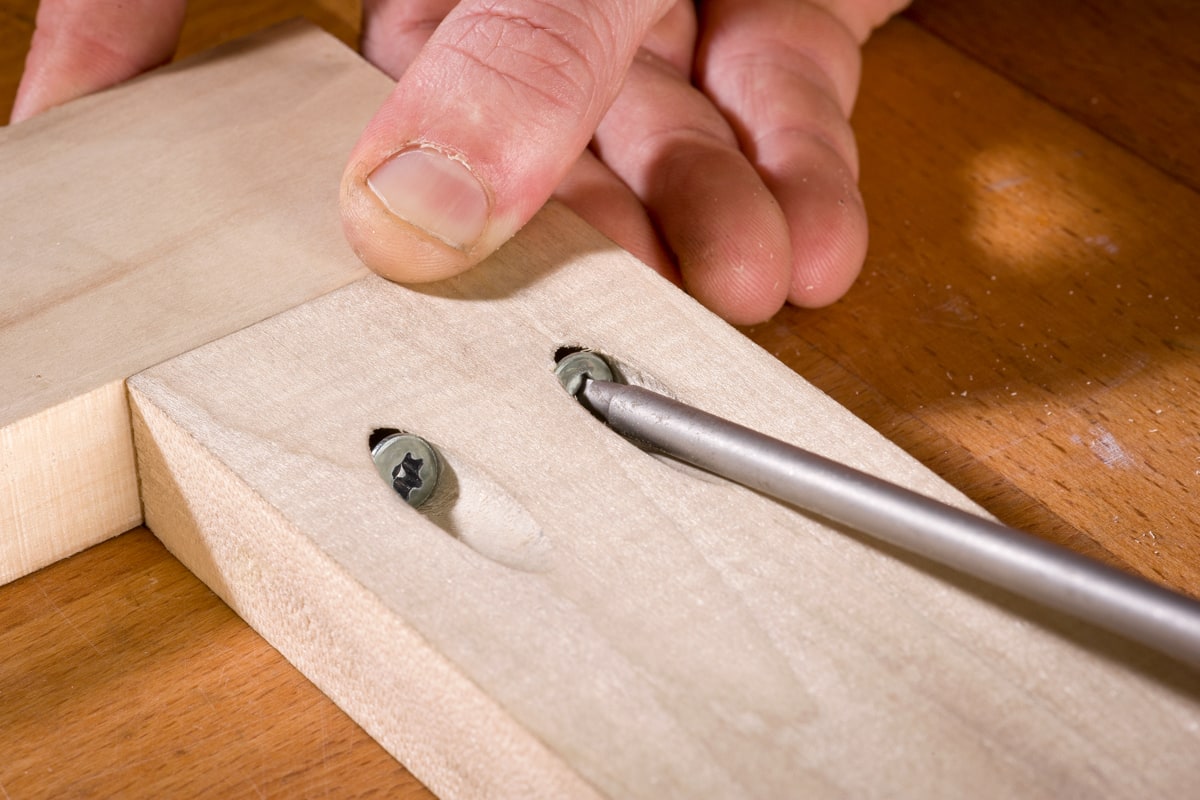One of the most traditional and sturdy joints used in dining room tables is the mortise and tenon joint. This type of joint involves creating a hole (mortise) in one piece of wood and a corresponding projection (tenon) on the other piece of wood, which then fits snugly into the hole. This joint is known for its strength and durability, making it a popular choice for heavy dining tables. It also allows for easy disassembly for transportation or storage. Mortise and Tenon Joints
The dovetail joint is another classic joint often used in dining room tables. It involves interlocking wedge-shaped projections on one piece of wood with corresponding indentations on the other piece. This creates a strong bond that is resistant to pulling and twisting forces. Dovetail joints are not only functional, but also add a touch of elegance to the design of a dining table. Dovetail Joints
Tongue and groove joints are commonly used in dining room tables where a flat surface is needed, such as for table tops or leaves. This joint involves creating a groove on one piece of wood and a corresponding tongue on the other piece, which fits into the groove. This creates a flush surface that is both strong and aesthetically pleasing. Tongue and Groove Joints
Butt joints are simple, yet effective, joints used in dining room tables. They involve joining the end of one piece of wood to the edge of another piece. While not as strong as other joints, butt joints are often reinforced with screws or dowels for added stability. They are commonly used in the construction of dining table frames and legs. Butt Joints
Lap joints are similar to butt joints, but the ends of the joined pieces overlap instead of butting against each other. This creates a larger surface area for the joint, making it stronger. Lap joints are often used in the construction of dining tables where the joint will not be visible, such as under the table top. Lap Joints
Bridle joints are a type of mortise and tenon joint, but instead of a simple hole and projection, the tenon is shaped like a saddle and fits into a corresponding notch in the mortise. This type of joint is commonly used in the construction of dining table aprons and stretchers, providing strong support and stability. Bridle Joints
Finger joints, also known as box joints, involve interlocking fingers on the ends of two pieces of wood. This creates a strong joint that is resistant to pulling and twisting forces. Finger joints are often used in the construction of dining table drawers and can also add an interesting visual detail to the design of the table. Finger Joints
Dowel joints involve using small wooden dowels to join two pieces of wood together. This type of joint is often used in dining room tables where a strong, yet discreet, joint is needed. Dowel joints are also commonly used for aligning and reinforcing other types of joints, such as mortise and tenon joints. Dowel Joints
Biscuit joints are similar to dowel joints, but instead of using wooden dowels, they use small, football-shaped pieces of compressed wood (biscuits). These biscuits are inserted into slots cut into the joined pieces of wood, creating a strong bond. Biscuit joints are often used in the construction of dining table tops and leaf extensions. Biscuit Joints
One of the most modern types of joints used in dining room tables is the pocket hole joint. This involves drilling angled holes into one piece of wood and using special screws to attach it to another piece. This type of joint is quick and easy to make, and can be hidden on the underside of the table, making it popular for DIY dining table projects. Pocket Hole Joints
Dining Room Table Joints: A Crucial Element in House Design

The Importance of Dining Room Table Joints
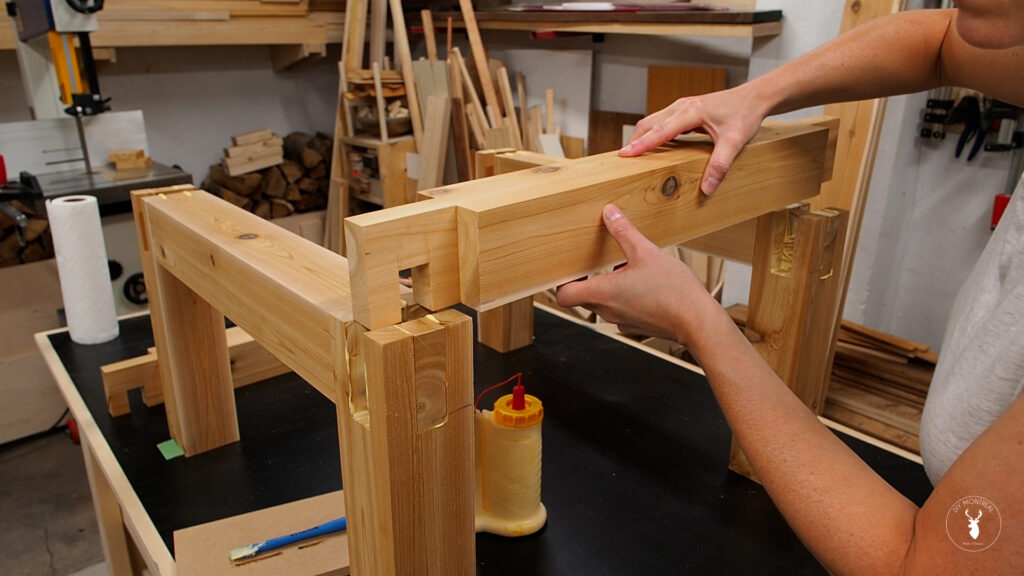 When it comes to designing a house, every detail matters. From the color of the walls to the placement of furniture, homeowners put a lot of thought into creating a space that reflects their personal style and meets their functional needs. One often overlooked aspect of house design is the dining room table joints. While it may seem like a small detail, the type of joints used in a dining room table can greatly impact the overall design and functionality of the space.
Strong and Durable Joints
The joints used in a dining room table play a crucial role in its strength and durability. A table with weak or poorly constructed joints will not be able to withstand the weight of dishes, food, and people, leading to an unstable and potentially dangerous dining experience. On the other hand, tables with strong and sturdy joints will not only provide a safe dining experience but also last for years to come.
There are various types of
dining room table joints
that are commonly used, each with its own strengths and weaknesses. The most traditional and well-known joint is the
dovetail joint
, which uses interlocking wedge-shaped pieces to hold the table together. This joint is known for its strength and can be found in many antique and high-end dining room tables.
When it comes to designing a house, every detail matters. From the color of the walls to the placement of furniture, homeowners put a lot of thought into creating a space that reflects their personal style and meets their functional needs. One often overlooked aspect of house design is the dining room table joints. While it may seem like a small detail, the type of joints used in a dining room table can greatly impact the overall design and functionality of the space.
Strong and Durable Joints
The joints used in a dining room table play a crucial role in its strength and durability. A table with weak or poorly constructed joints will not be able to withstand the weight of dishes, food, and people, leading to an unstable and potentially dangerous dining experience. On the other hand, tables with strong and sturdy joints will not only provide a safe dining experience but also last for years to come.
There are various types of
dining room table joints
that are commonly used, each with its own strengths and weaknesses. The most traditional and well-known joint is the
dovetail joint
, which uses interlocking wedge-shaped pieces to hold the table together. This joint is known for its strength and can be found in many antique and high-end dining room tables.
Aesthetic Appeal
Dining Room Table Joints: A Crucial Element in House Design

The Importance of Dining Room Table Joints
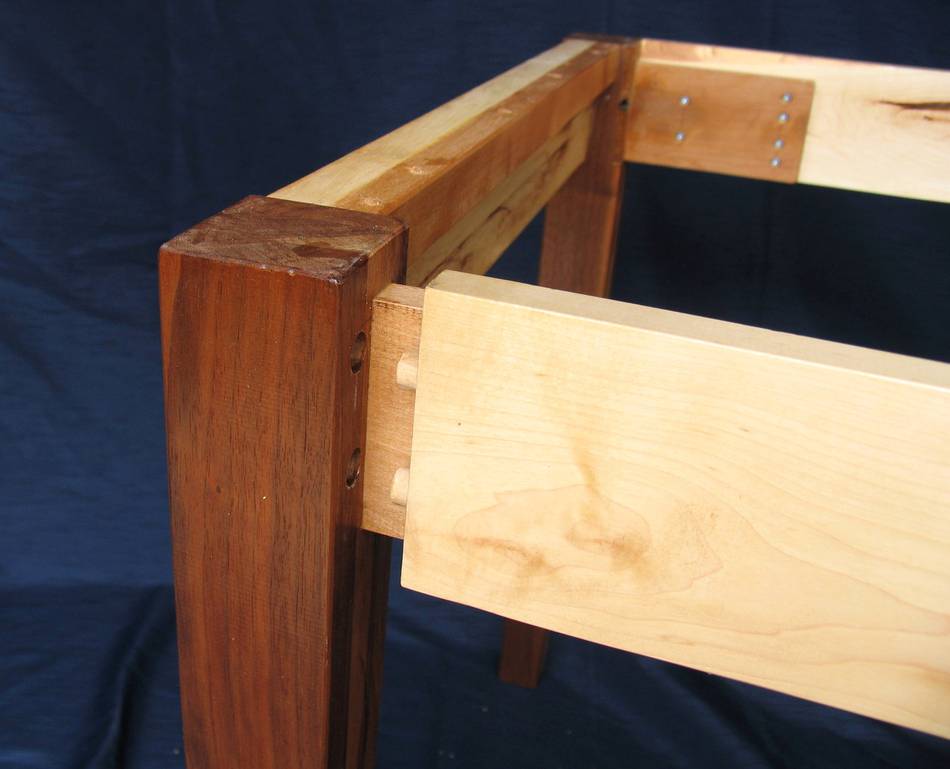
When it comes to designing a house, every detail matters. From the color of the walls to the placement of furniture, homeowners put a lot of thought into creating a space that reflects their personal style and meets their functional needs. One often overlooked aspect of house design is the dining room table joints. While it may seem like a small detail, the type of joints used in a dining room table can greatly impact the overall design and functionality of the space.
Strong and Durable JointsThe joints used in a dining room table play a crucial role in its strength and durability. A table with weak or poorly constructed joints will not be able to withstand the weight of dishes, food, and people, leading to an unstable and potentially dangerous dining experience. On the other hand, tables with strong and sturdy joints will not only provide a safe dining experience but also last for years to come.
There are various types of dining room table joints that are commonly used, each with its own strengths and weaknesses. The most traditional and well-known joint is the dovetail joint , which uses interlocking wedge-shaped pieces to hold the table together. This joint is known for its strength and can be found in many antique and high-end dining room tables.
Aesthetic Appeal

In addition to functionality, dining room table joints also play a role in the aesthetic appeal of the space. The type of joint used can add character and personality to the table, as well as complement the overall design of the room. For example, a miter joint is a clean and modern joint that is often used in contemporary dining room tables, while a t

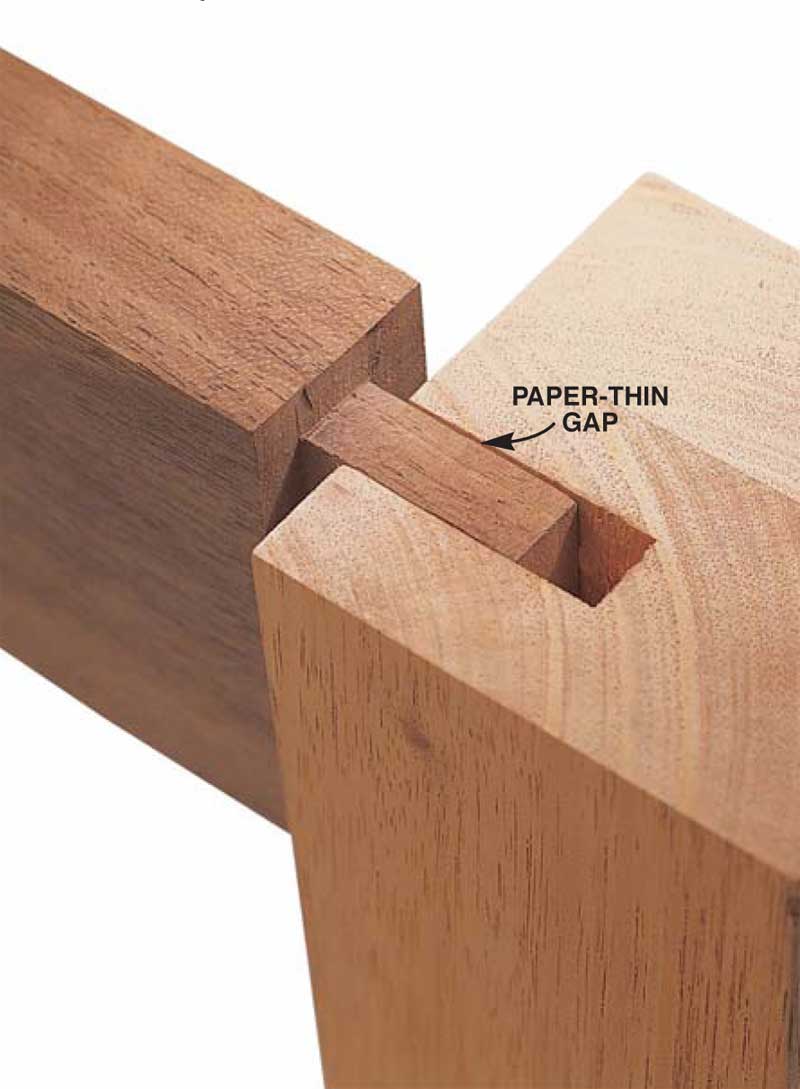

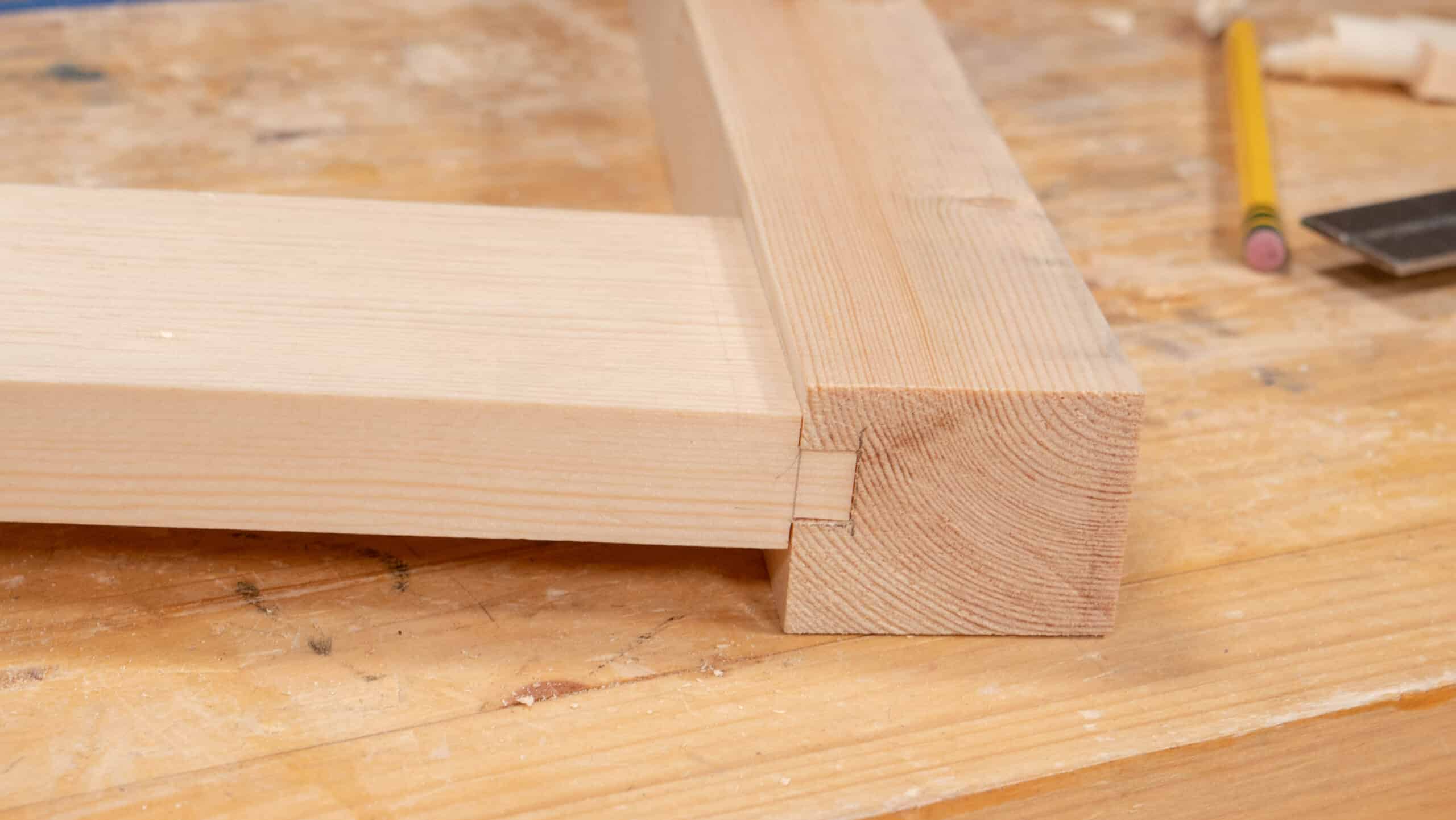
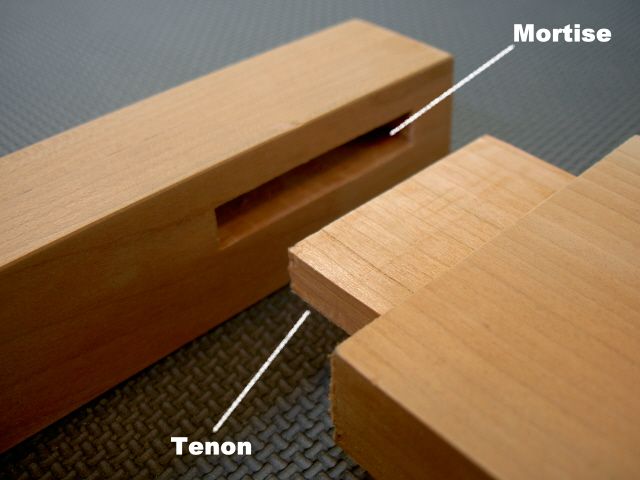
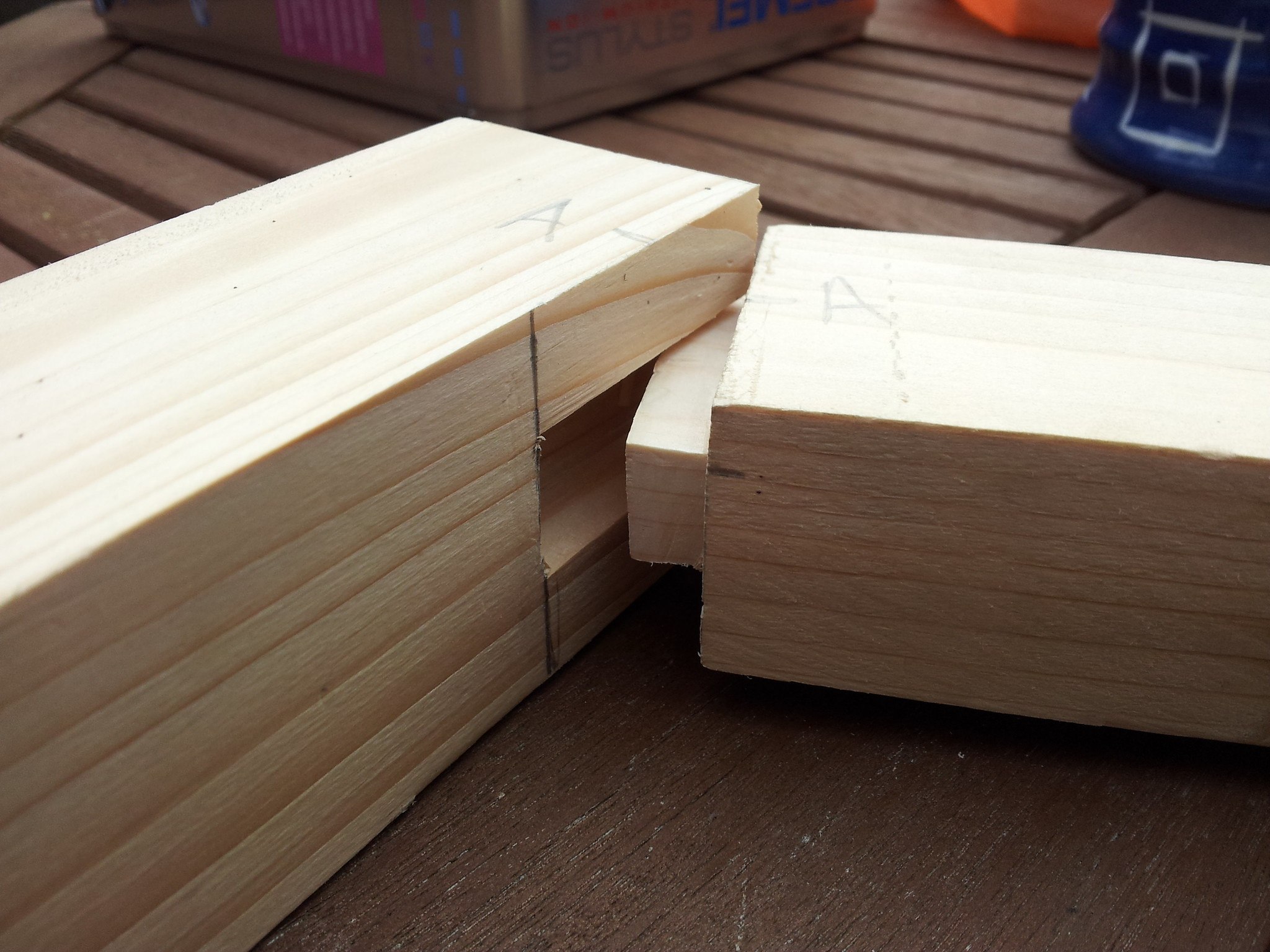
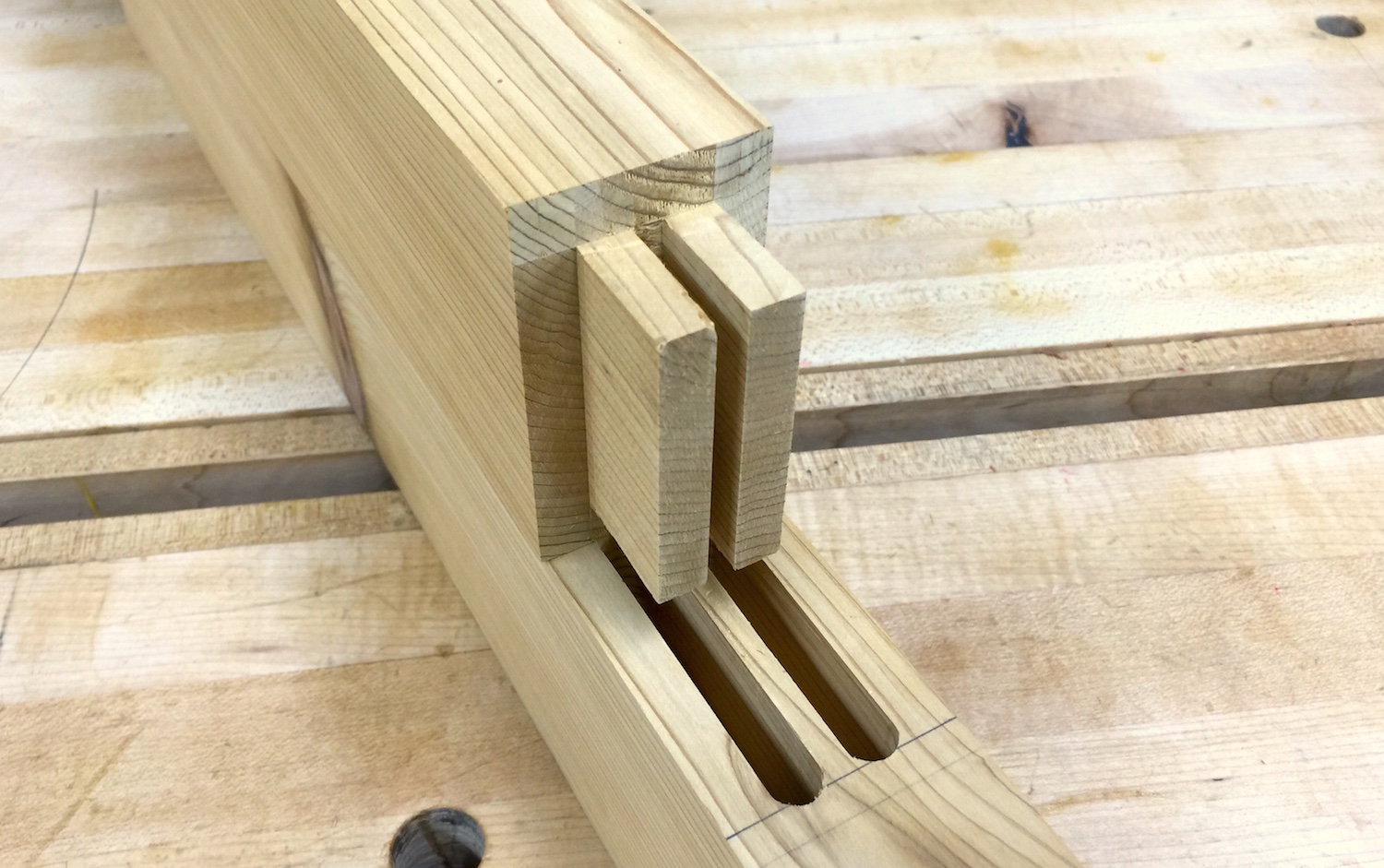


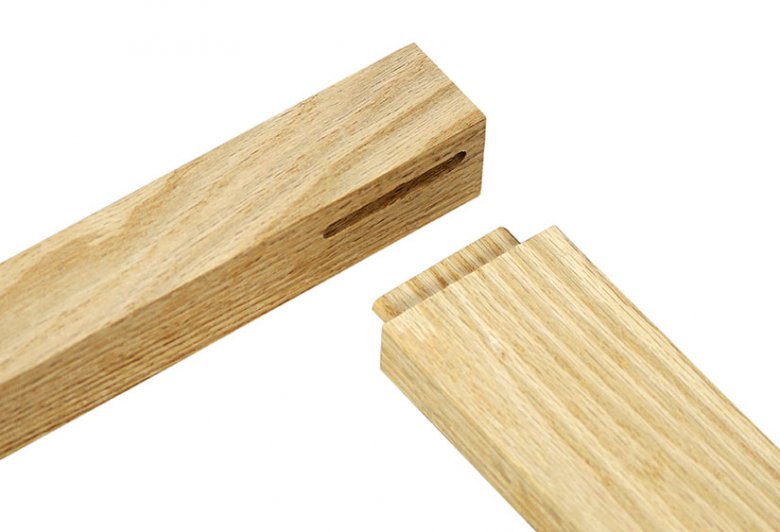


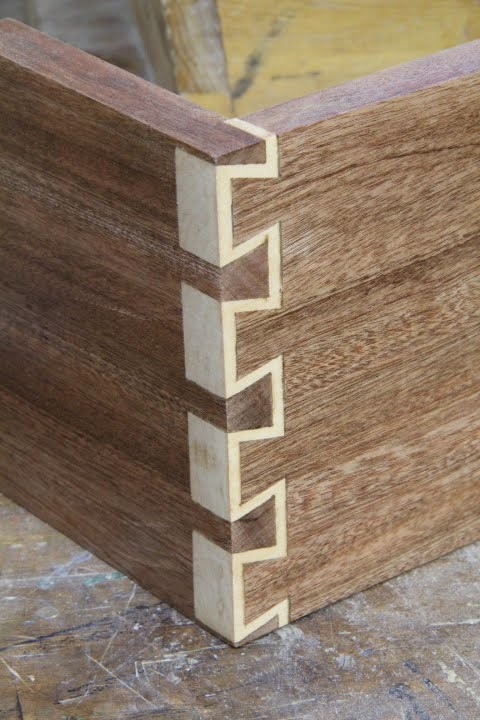

/Dovetailjoints-GettyImages-722324387-5947fa545f9b58d58aa409d9.jpg)

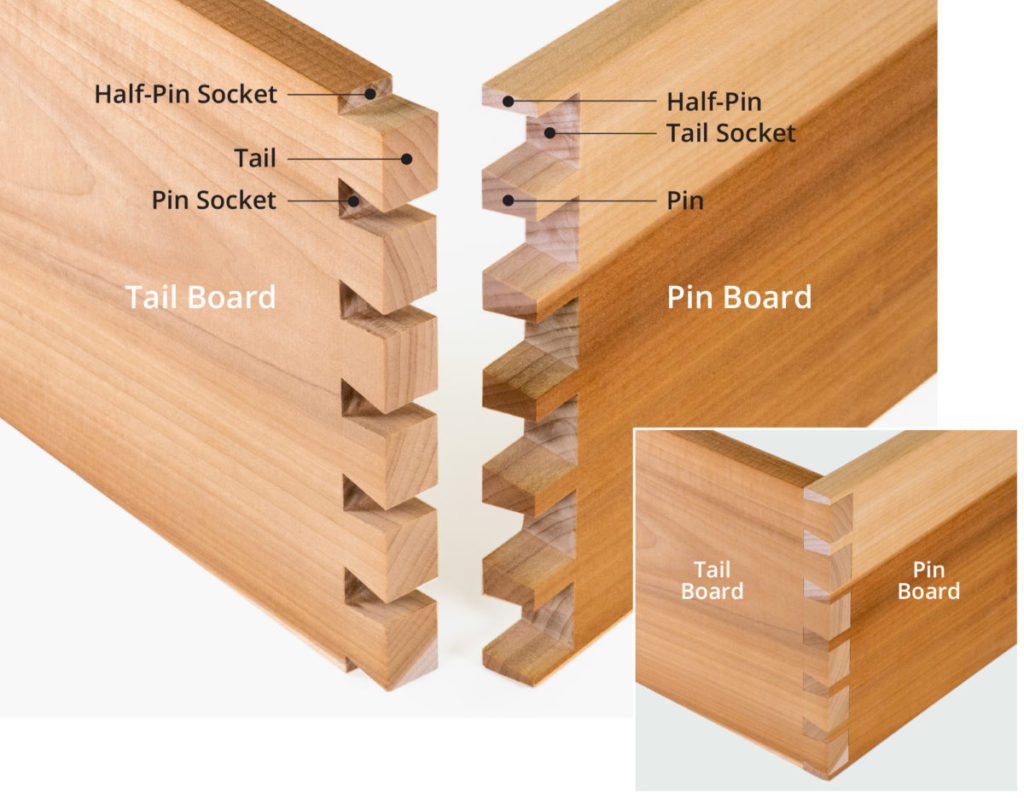
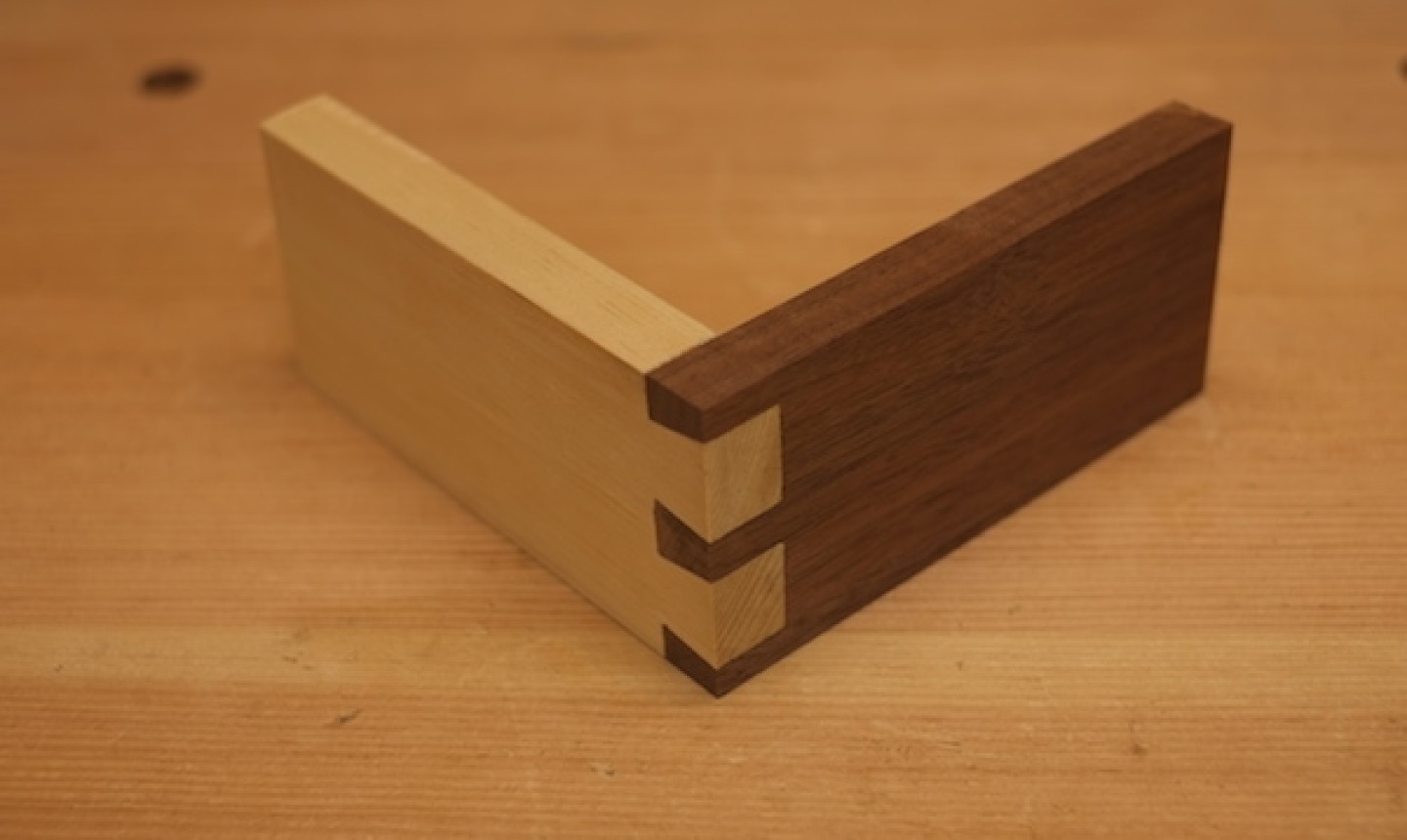





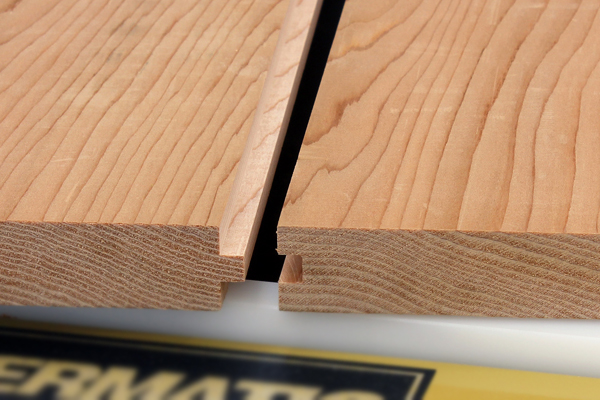

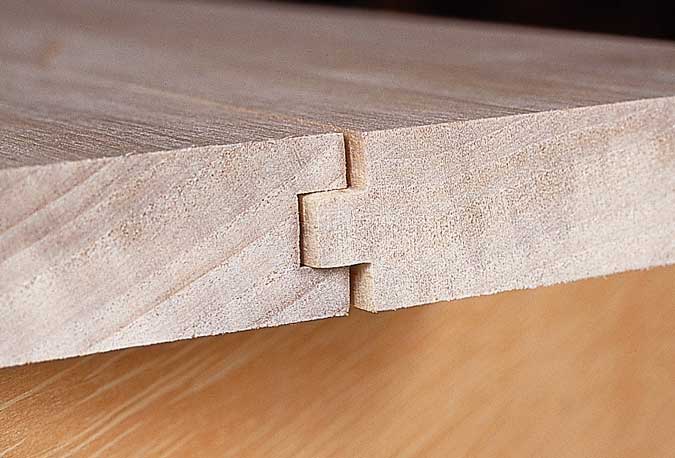







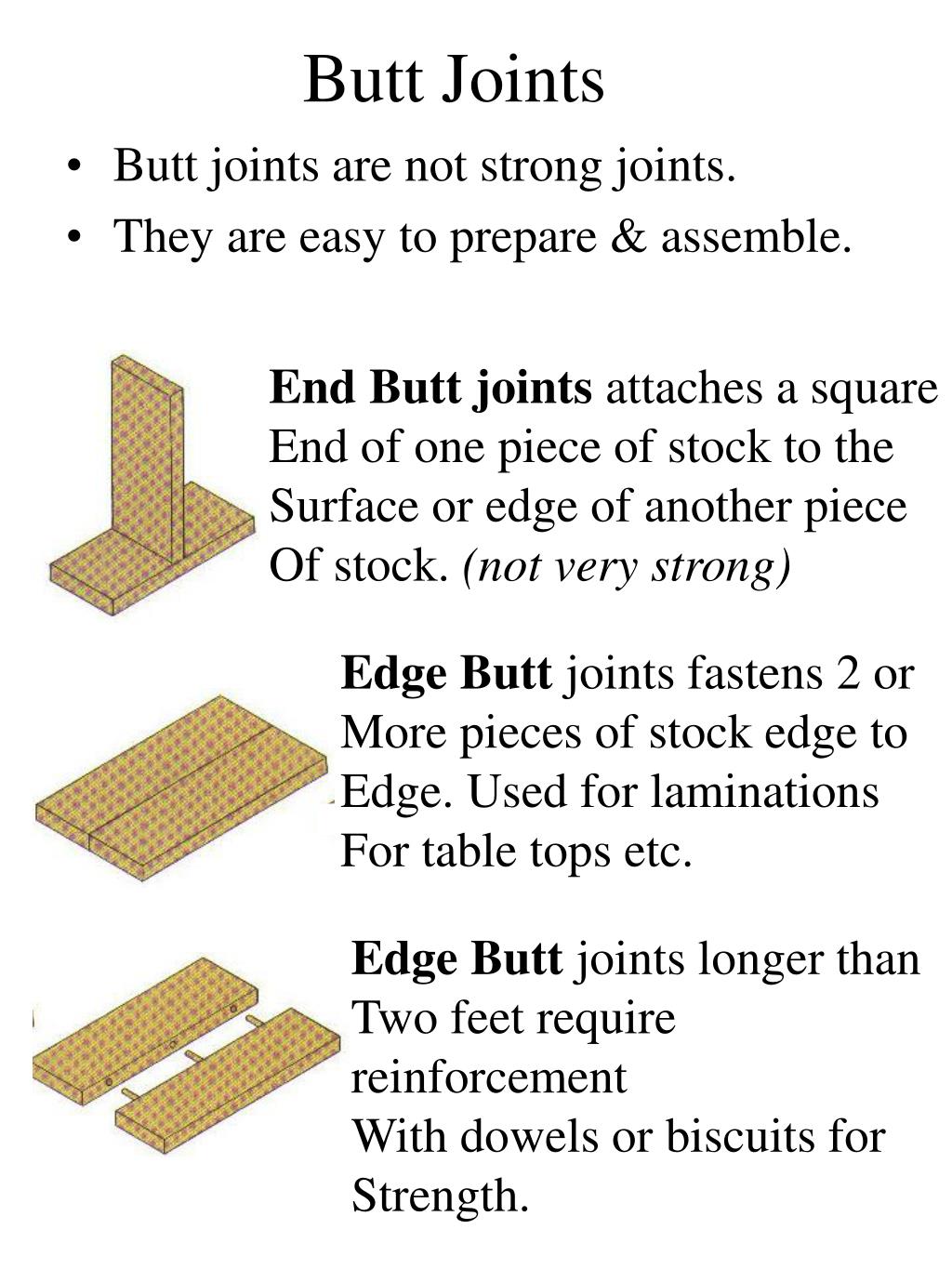


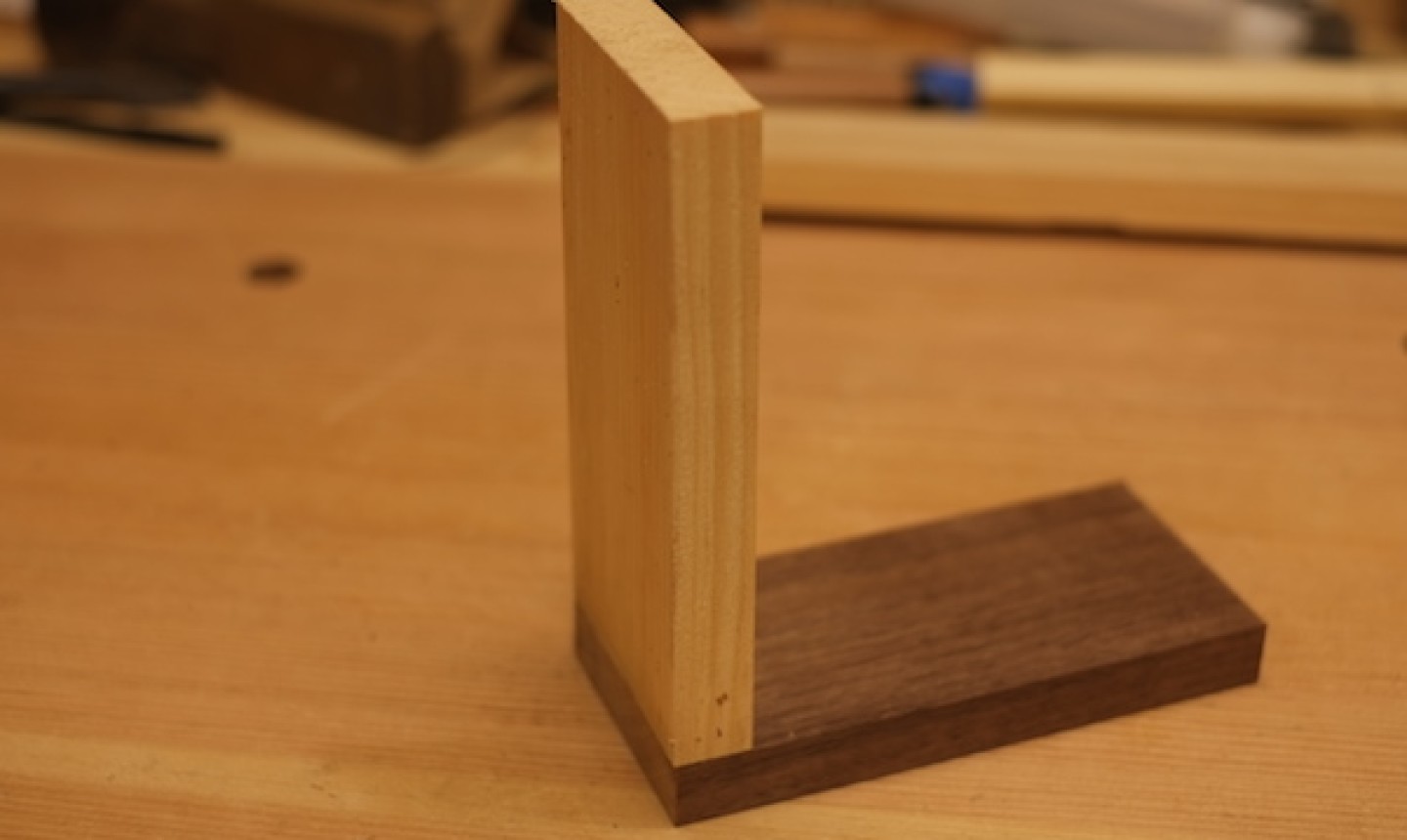


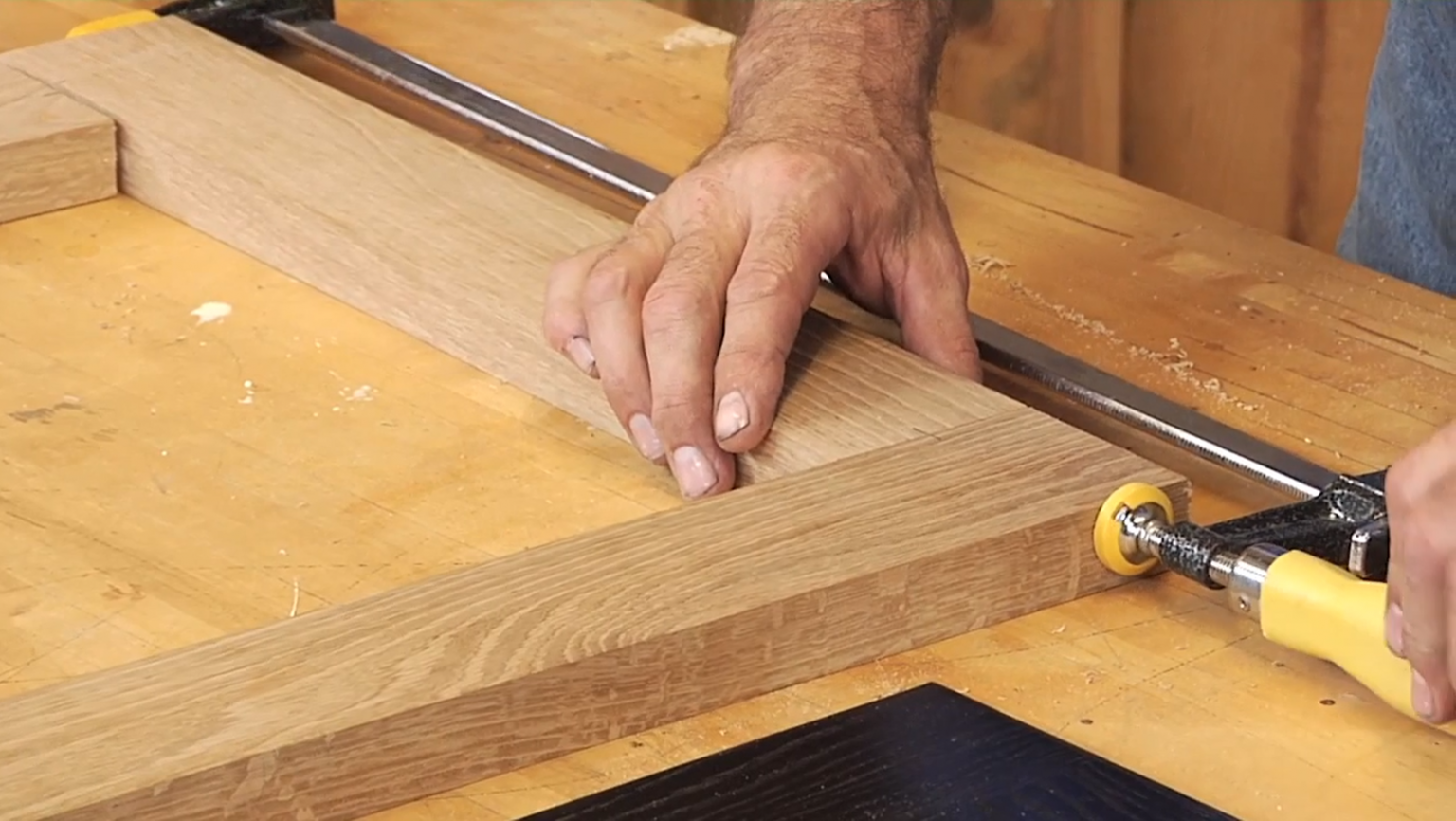
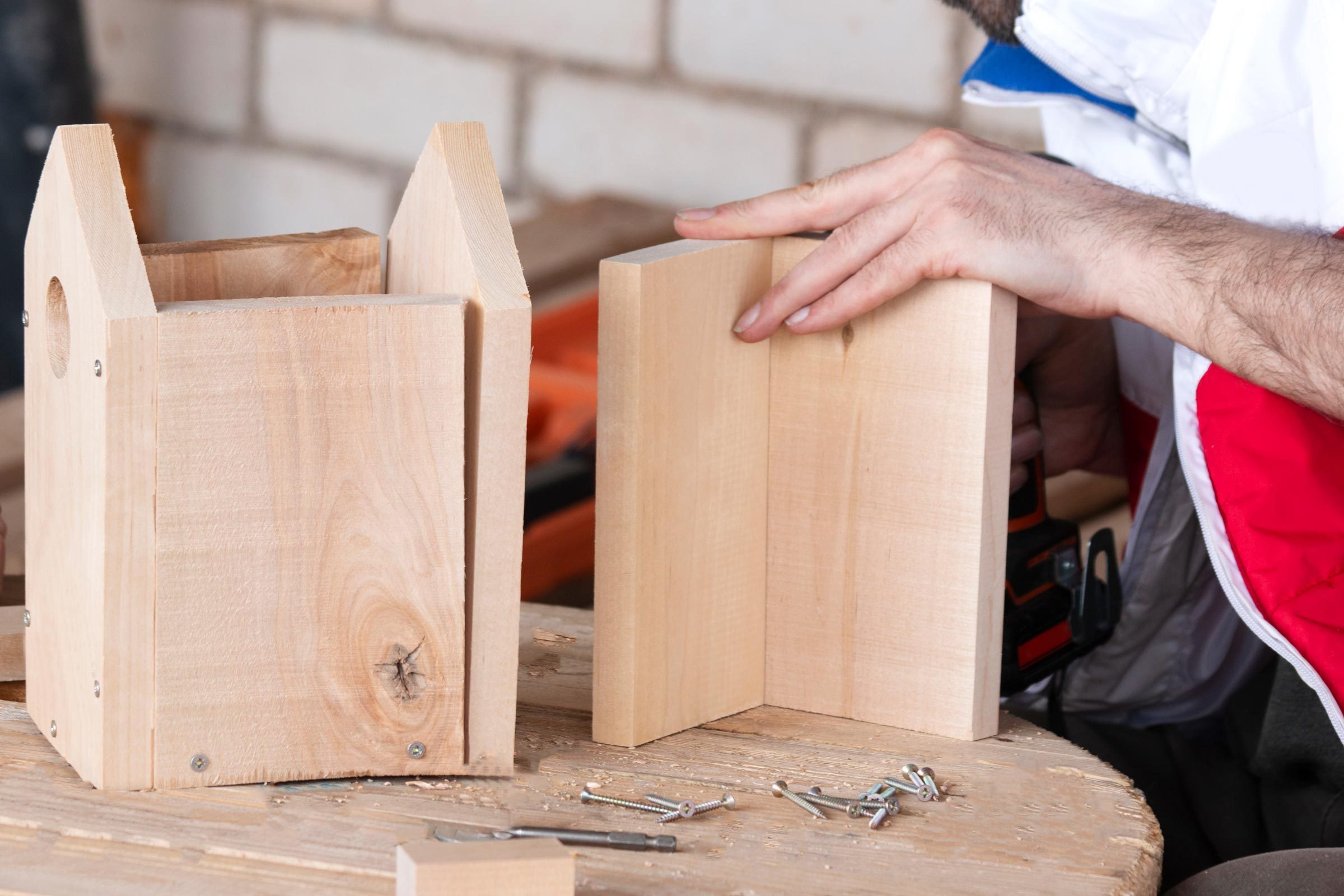
/close-up-of-person-working-a-boat-builders-workshop--joining-together-two-pieces-of-wood--761604105-5a6b3320119fa800371affd8.jpg)
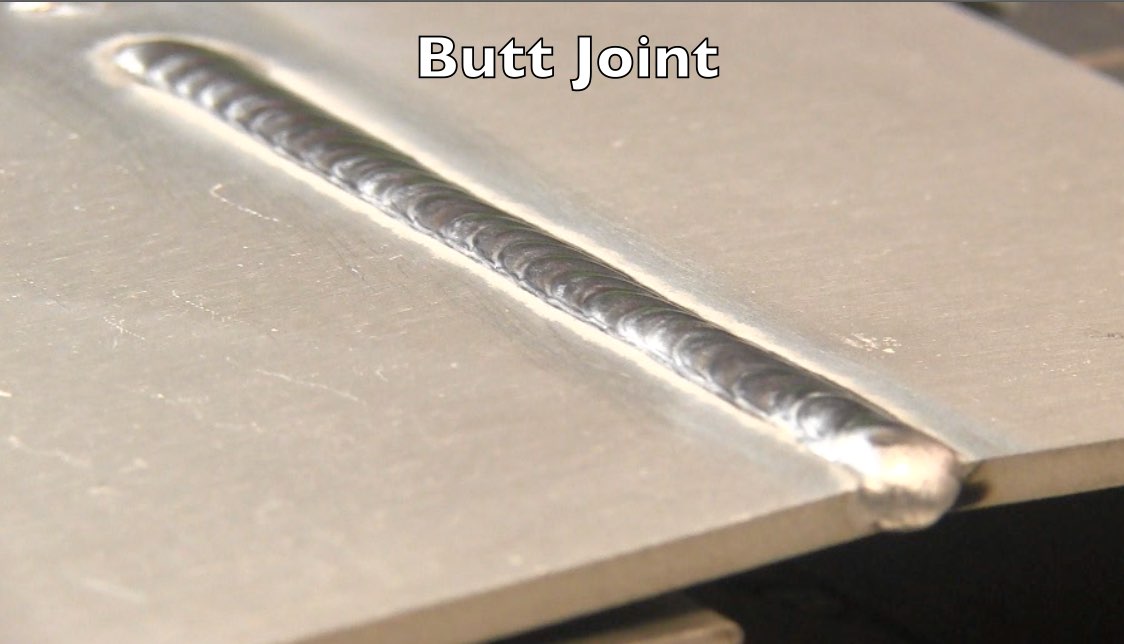



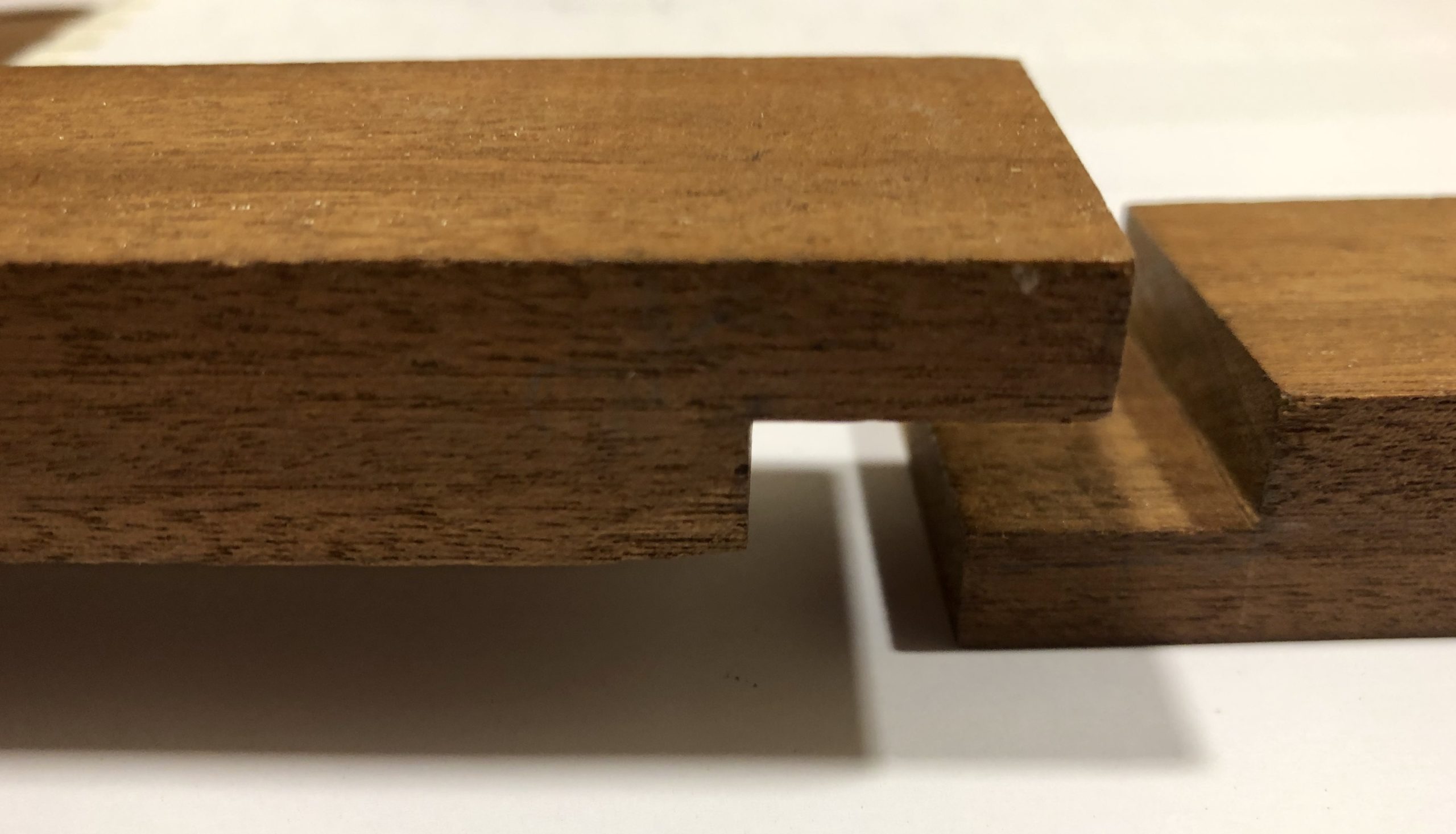

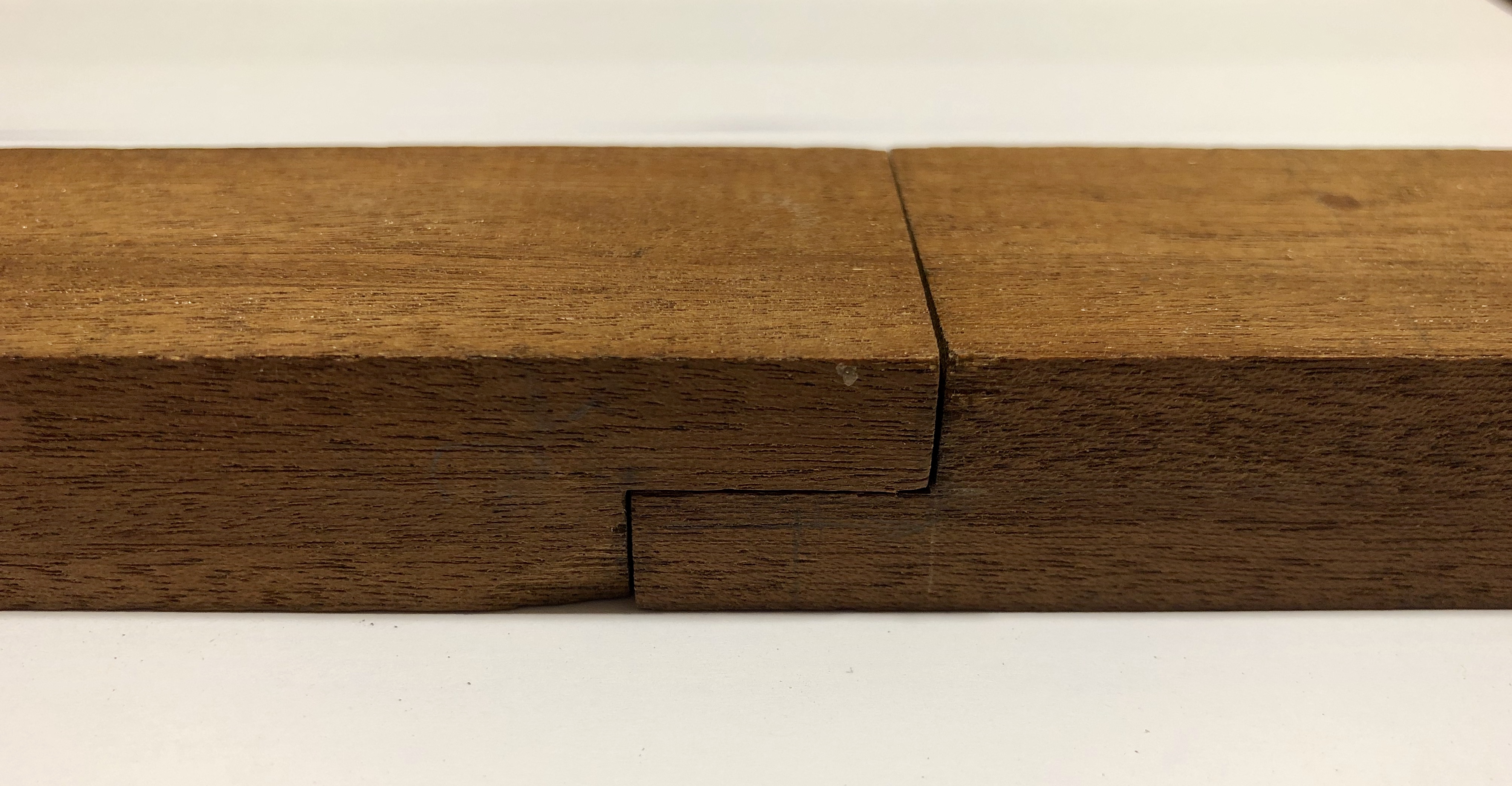
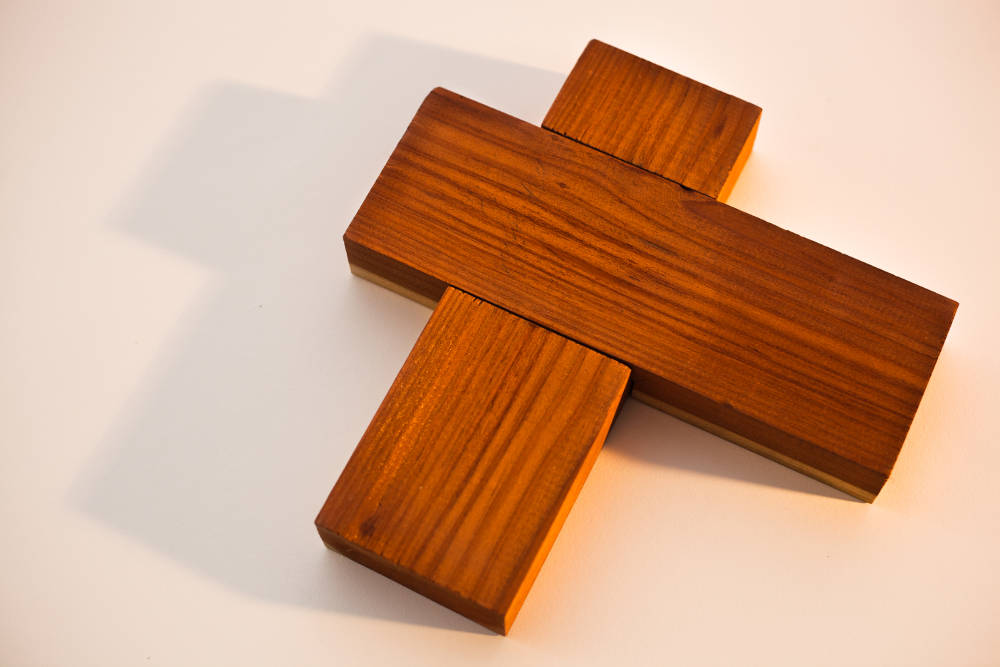
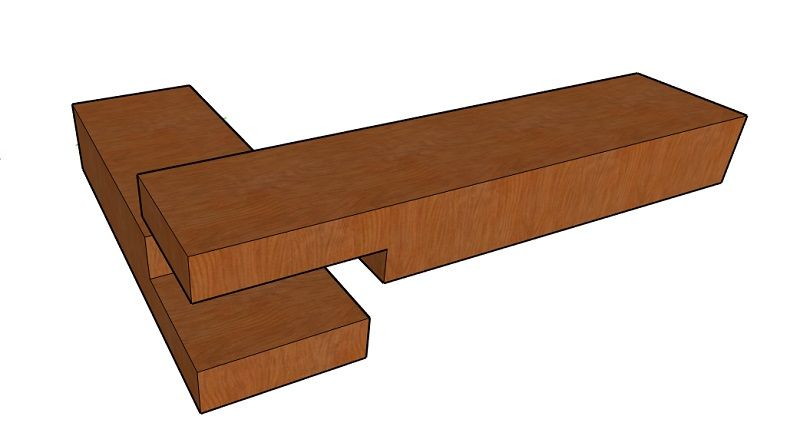


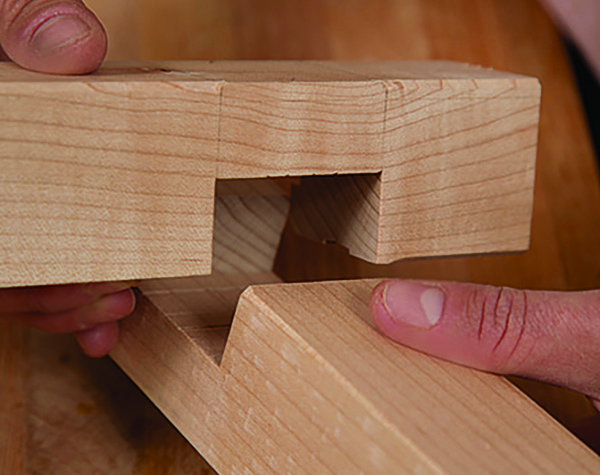




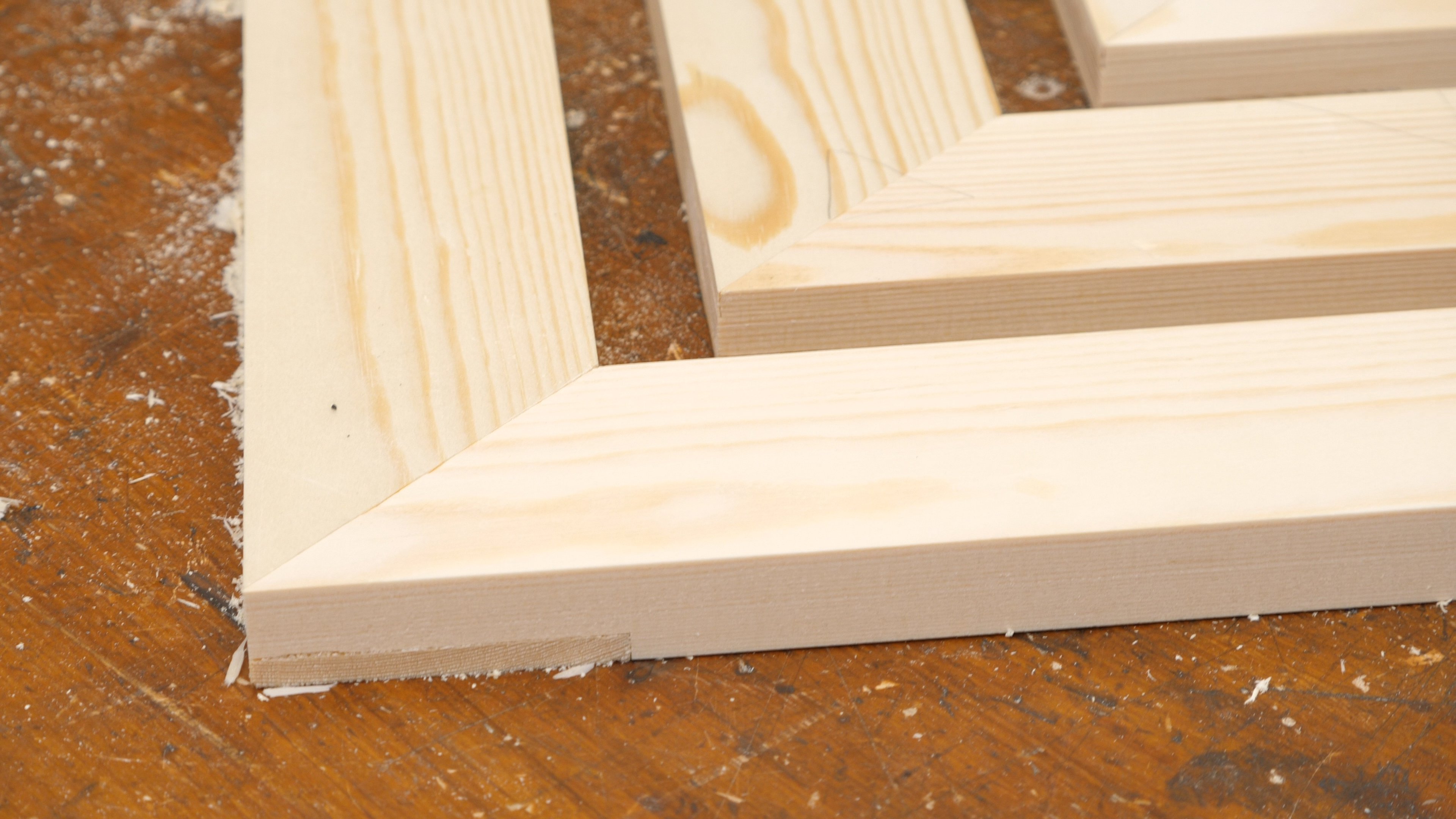

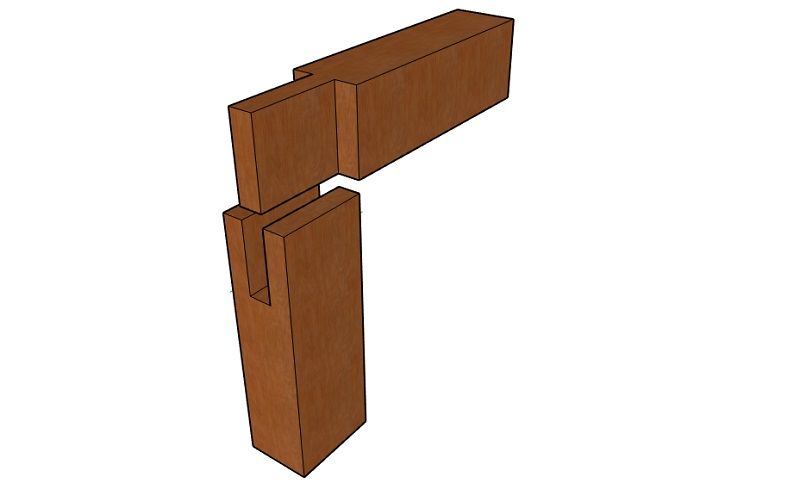

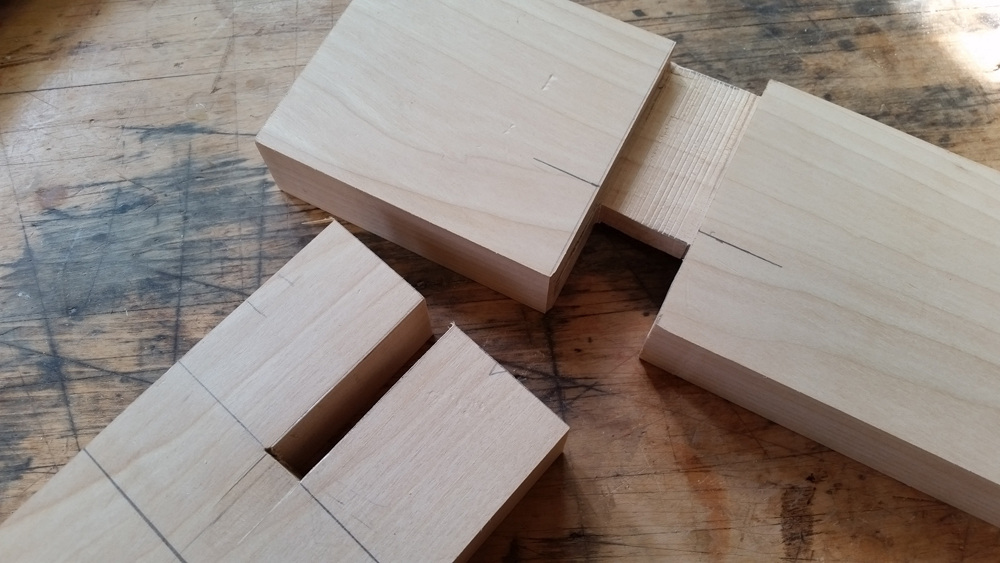

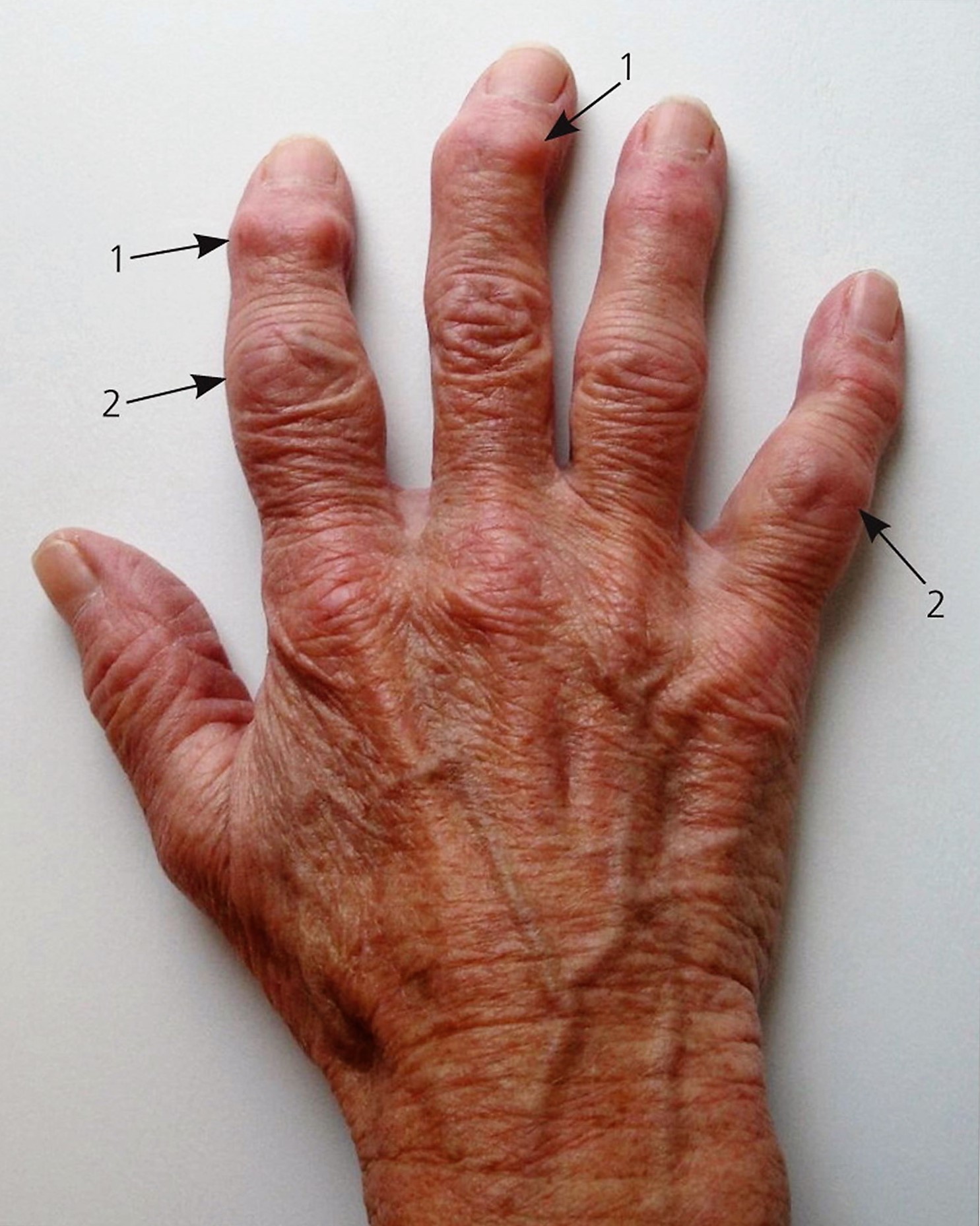
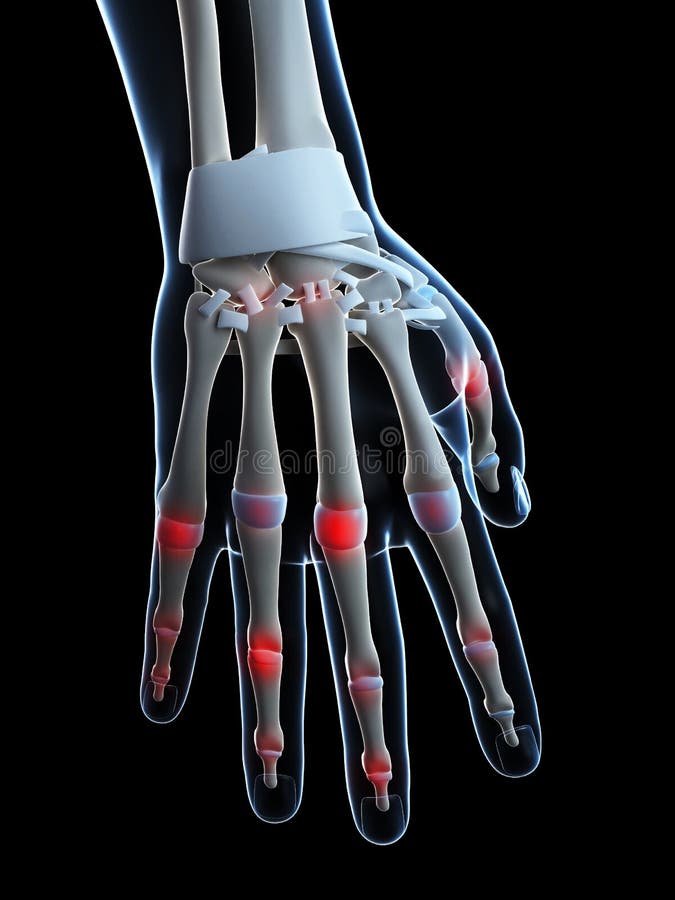

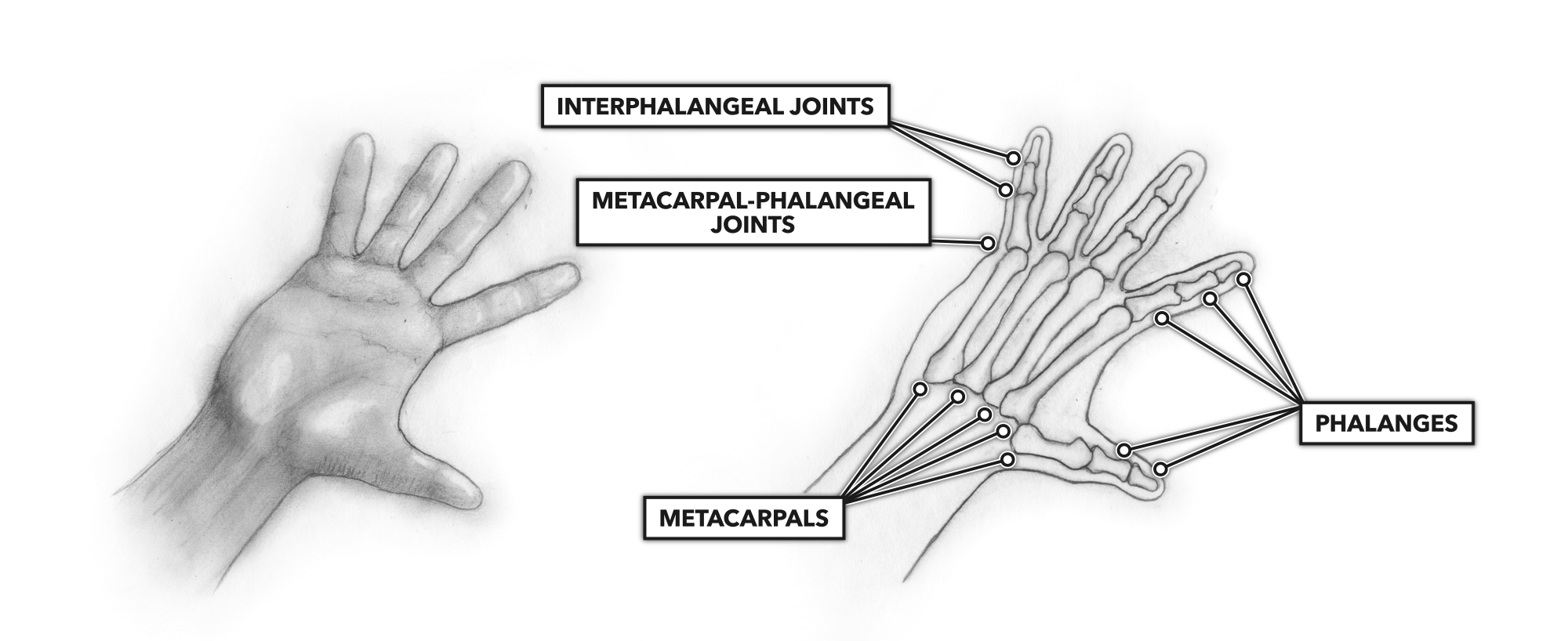






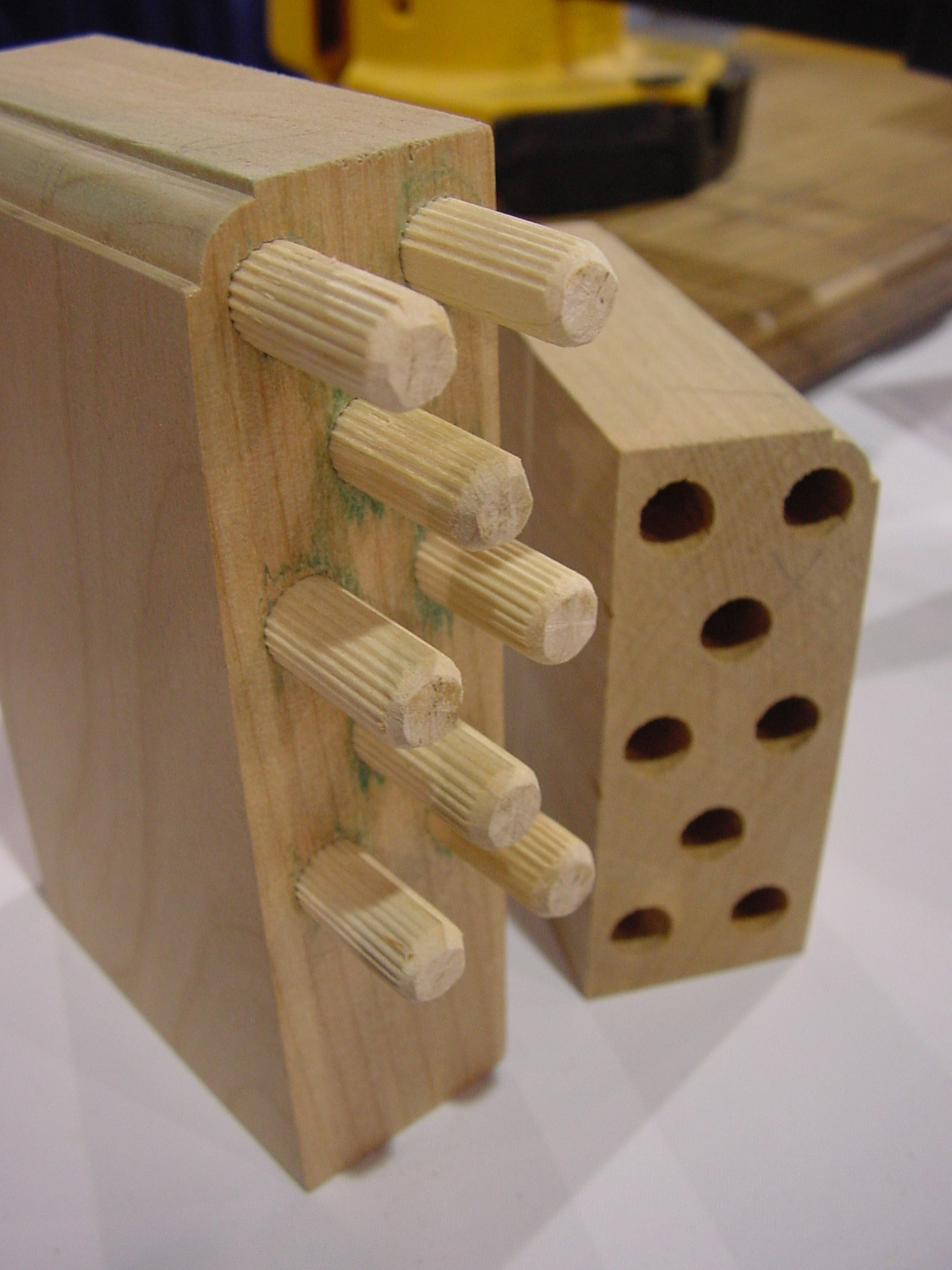



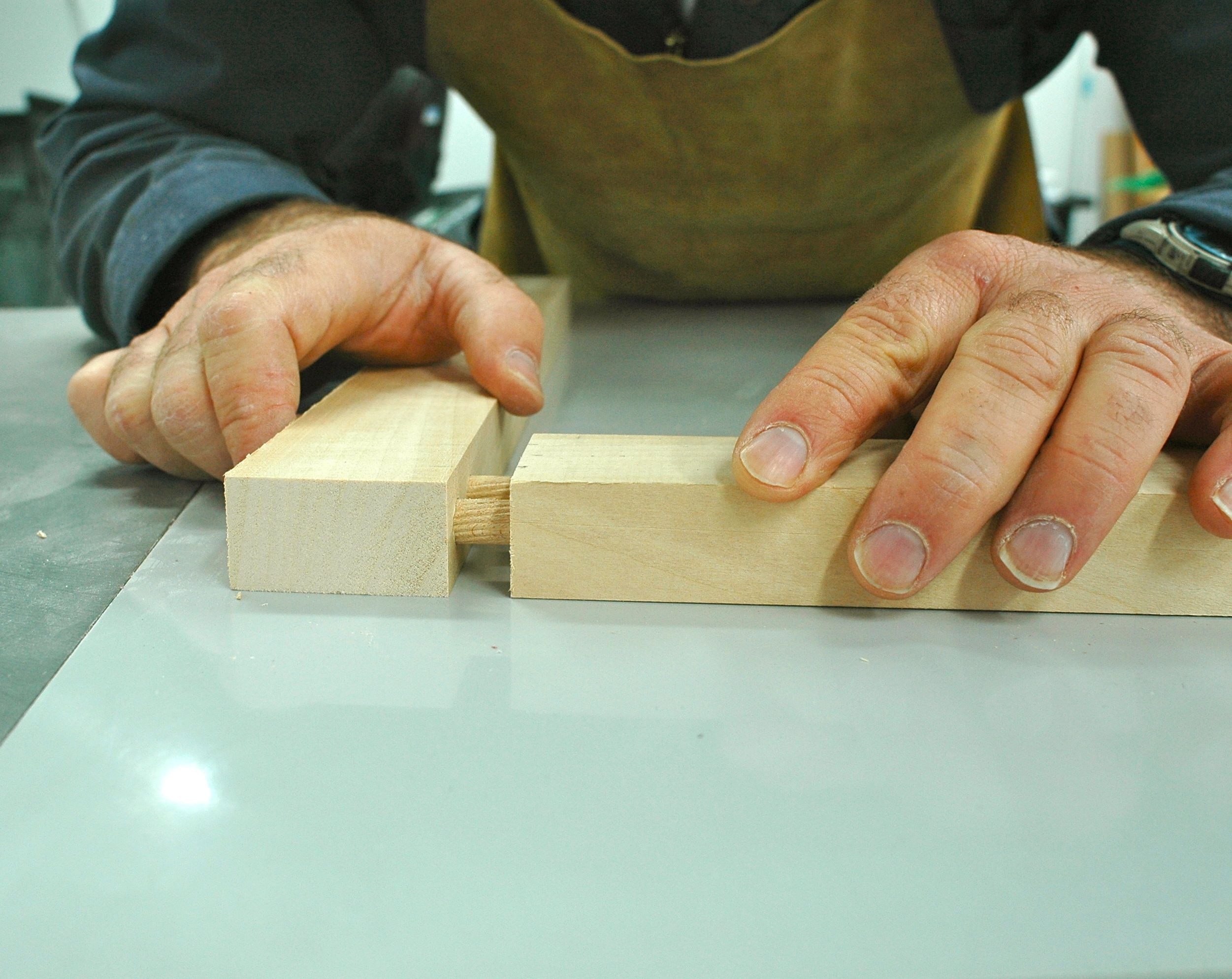

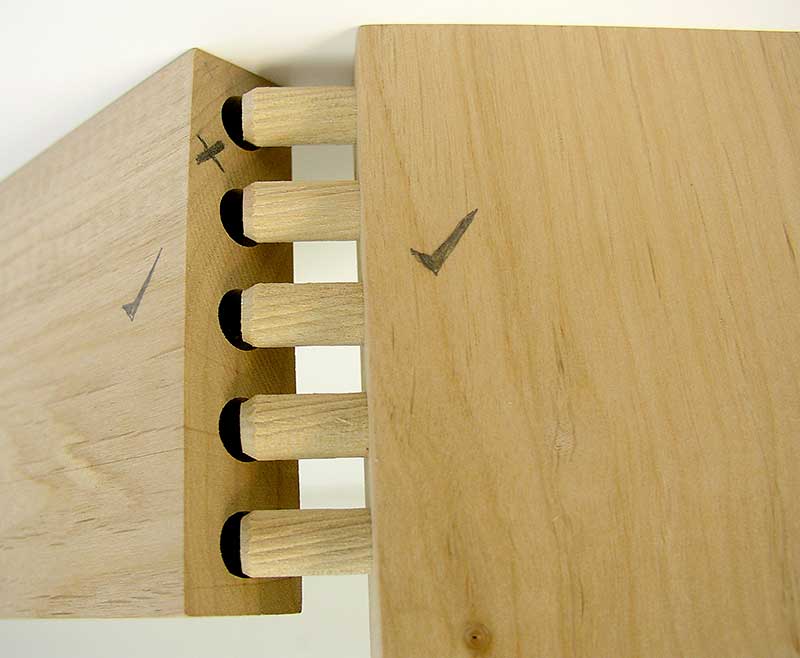
/GettyImages-696570430-5a93551430371300375bcf8e.jpg)

